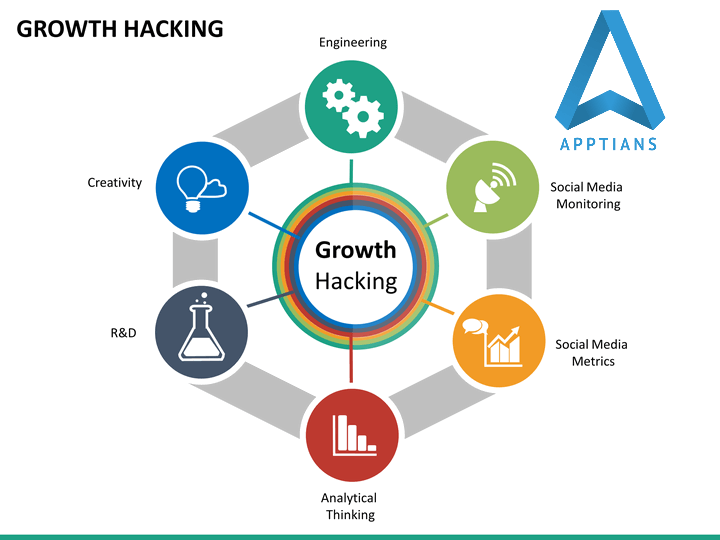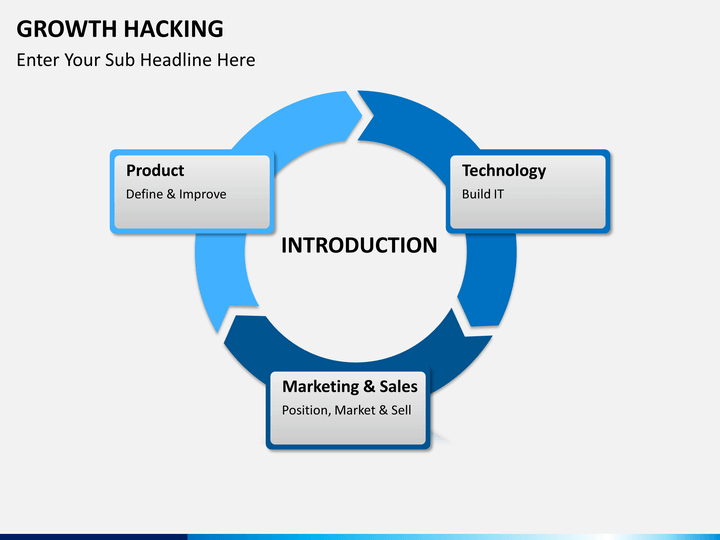How “Growth Hacking” term coined in market?
The growth hacking process was formalized in 2010 when it was proposed in a blog post by Sean Ellis, the founder, and CEO of the online hacker community GrowthHackers, and the automated user research tool Qualaroo.
Other well-known experts quickly adopted the terms and concepts of growth marketing. Growth hacking was no longer a term that one person posted in a blog, but a non-traditional promotional strategy. And soon arrived in the market.
But what is Growth Hacking?
Growth hacking is a subfield of Marketing focused on the growth of an organization. It is a single-minded approach for business growth that aggressively finds the most relevant way to scale and grow an organization as quickly as possible. It is about curiosity, creativity, and analytics that can target a large number of customers at a low-cost acquisition.
It would be more used by startups and small businesses as they lack time, money, and human resources. Growth hacking is about short-term substantial results rather than long processes or methodologies.
The term “Growth Hacking” includes Creativity, Engineering, R&D, Analytical Thinking, Monitoring Market values to achieving rapid growth. It could be able to re-direct an entire strategy almost overnight.

Why Growth Hackers are different?
Still not able to catch the difference between Growth Hackers and Marketers…! then let’s understand with some examples of the businesses that have benefited from growth marketing and gone on to great high – and rapid – success includes:
Most iconic Growth Hacking Examples are:
Facebook added 200 millon users in a year:
With in excess of 2 billion clients, Facebook is currently an unavoidable truth for a significant number of customers. The strategy Facebook adopted:
- Urging clients to add their contacts
- Conveying e-mail to those who were labeled or tagged on Facebook
That has encouraged more and more people for Facebook SIGN-UP.

Twitter’s Logistics Strategy:
Twitter’s success also proved that hacking is not complicated. You just need to be smart.
Twitter was obsessed with finding ways to grow and optimize all possible touchpoints, adding 60,000 users in a day. For example, growth marketers on the platform found that if new users follow at least 10 people immediately after signing up, their chances of returning to the platform will increase dramatically. Therefore, it included suggestions from some of the best people as part of the registration process. result? The user retention rate has increased significantly.

Hotmail’s- Signature Strategy
Never underestimate the power of email signatures. The next strategy in our growing list of growth hacking strategies seems simple:
Hotmail (the predecessor of Outlook.com) adds a signature line to each user’s outgoing email, inviting email recipients to get a free account. This is all it takes to achieve ultra-rapid growth of 12 million users (approximately 20% of the email market at the time) in 18 months. The following message was printed at the end:

Scrutiny of Growth Hacking
Now after some iconic illustration of growth hacking, let’s switch to the anatomy of it.

Top qualities a successful Growth Hackers must possess:
- Creative Problem solvers
- Quick & Light
- Optimistic & Competitive
- Updated with market
Now, well known with the term “Growth Hacking” which is as similar as growth marketing. These strategies are about finding the right formula for your brand it takes time and there’s no magical, instant, solution. Success rarely looks like a perfect curve; in reality, we have to shape that curve.
For more updates stay with blog@apptians.com
